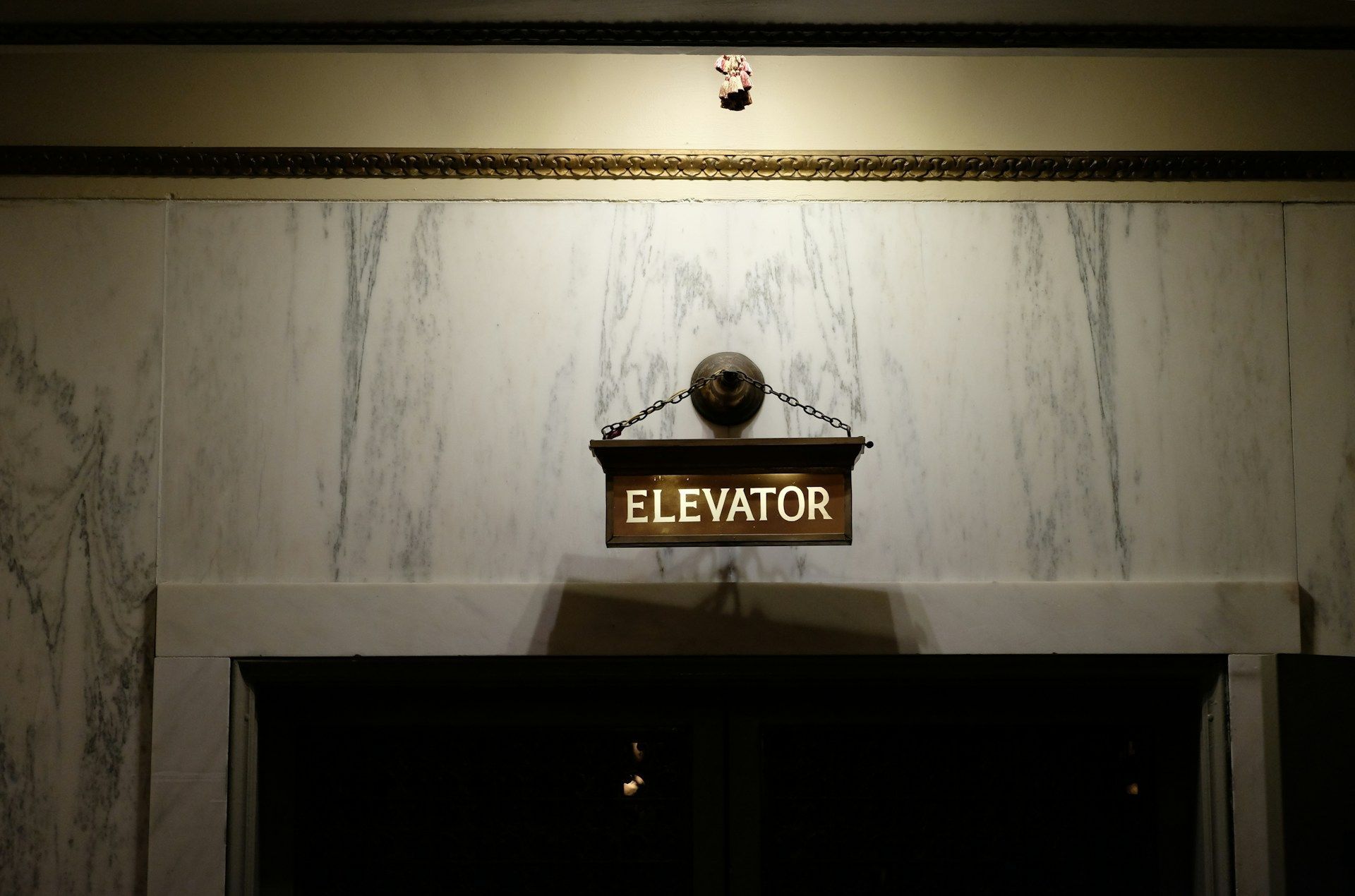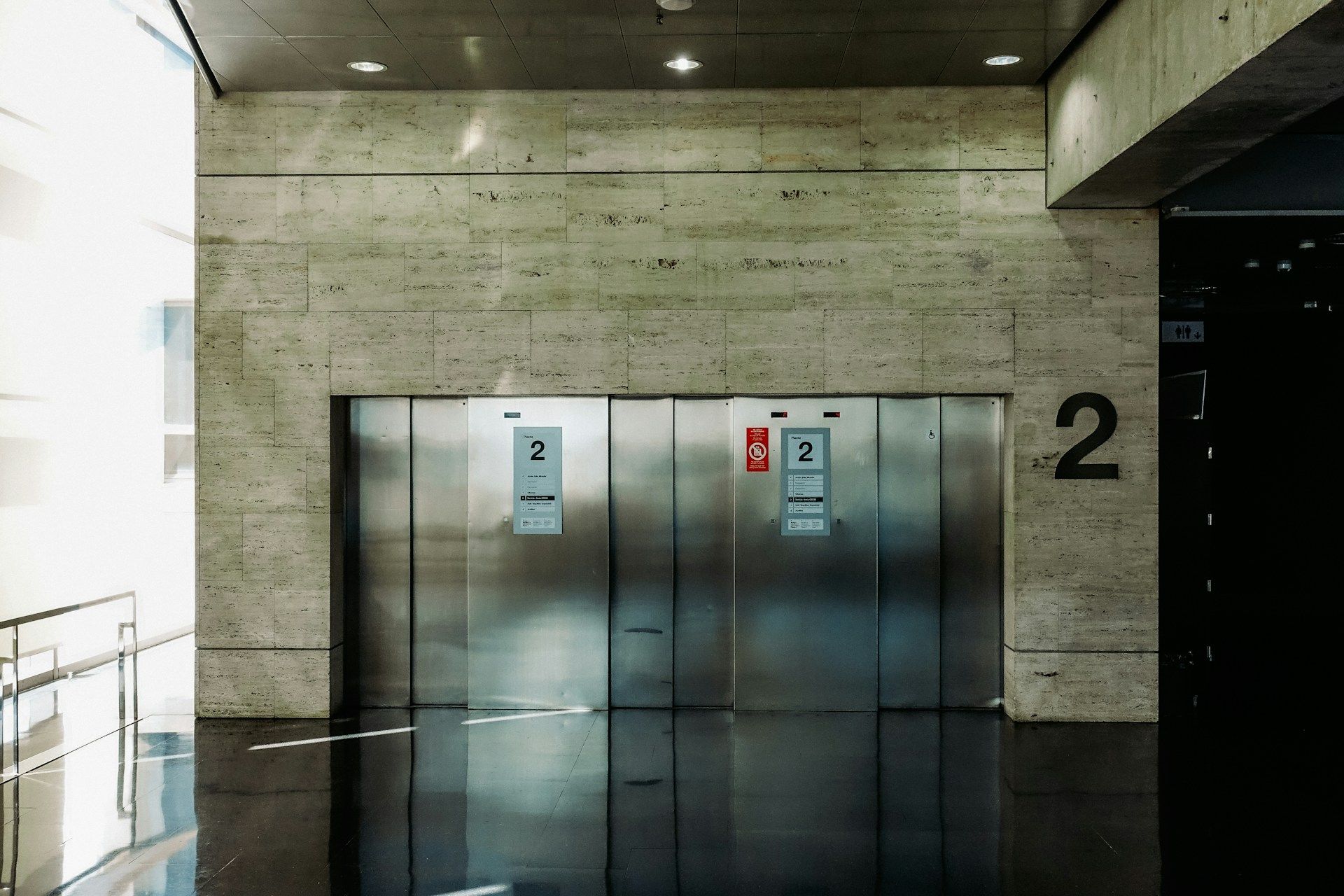Ensuring Elevator Emergency Preparedness: Essential Tips for Building Owners and Managers
Elevators play a crucial role in modern buildings, providing a convenient means of vertical transportation for occupants. However, unexpected incidents such as power outages, system malfunctions, or natural disasters can significantly impact elevator operations, posing potential safety risks to passengers. As a building owner or manager, it is your responsibility to ensure that the necessary strategies and protocols are in place to respond effectively to elevator-related emergencies, minimizing the likelihood of accidents and injuries, as well as maintaining the overall safety and well-being of the occupants.
In this comprehensive blog article, we will delve into essential tips for elevator emergency preparedness, covering vital aspects such as preemptive maintenance, staff training, and effective communication plans. Moreover, we will highlight the role our experienced team at Elevator Solutions Inc. plays in supporting building owners and managers in maintaining a safe and reliable vertical transportation system.
1. Regular Maintenance and Inspections
A well-maintained and routinely inspected elevator system is less likely to encounter emergencies. Conducting regular maintenance and inspections helps identify potential issues before they escalate into major problems, ensuring that your elevator operates safely and effectively. Key tips include:
- Adhering to a strict maintenance schedule: Coordinate with us to develop and implement a regular maintenance plan tailored to your elevator system's specific needs and requirements.
- Staying compliant with local regulations: Familiarize yourself with any relevant elevator safety codes and regulations in your area and ensure that your elevator system adheres to these standards.
2. Staff Training and Emergency Drills
Equipping building staff with the necessary skills and knowledge to handle elevator emergencies is essential in ensuring the safety and well-being of occupants. Key steps to achieve this include:
- Providing staff with comprehensive training: Ensure that your building staff is well-trained in elevator emergency procedures, including first aid, emergency communication, and evacuation protocols. Revisit these training sessions periodically to keep your team's skills up to date.
- Conducting emergency drills: Carry out periodic emergency drills involving both building staff and occupants to gauge the effectiveness of your emergency plans and identify areas for improvement.
3. Effective Communication Plans
In the event of an elevator emergency, swift and clear communication is vital. Develop a comprehensive communication plan that outlines the steps to be taken to alert occupants, emergency services, and maintenance personnel. Key aspects of your communication plan should include:
- Emergency call buttons and two-way communication systems: Equip elevator cabs with functioning emergency call buttons and reliable two-way communication systems to allow passengers to communicate with building staff or emergency personnel during an incident.
- Clear signage and instructions: Display clear evacuation instructions and elevator safety guidelines throughout the building and inside the elevator cars, ensuring that occupants know how to respond during an emergency.
4. Emergency Power and Lighting Systems
Power outages are a common cause of elevator emergencies. To address this issue, invest in an emergency power system that can keep essential elevator functions operational during an outage. Additionally, consider the following:
- Backup power supply: Install a backup power supply or uninterruptible power system (UPS) to ensure that your elevator remains functional during power disruptions.
- Emergency lighting: Equip your elevator cars with adequate emergency lighting to provide visibility and assurance to passengers during an incident.
Conclusion
Elevator emergency preparedness is a crucial aspect of building management, aiming to ensure the safety and well-being of occupants in the event of unforeseen incidents. By focusing on regular
elevator maintenance, staff training, effective communication plans, and emergency power systems, you can significantly reduce potential risks and create a secure environment. Engage with our team at Elevator Solutions Inc. to develop and implement tailored emergency preparedness strategies for your elevator system, ensuring safe and dependable vertical transportation for your building's occupants.



